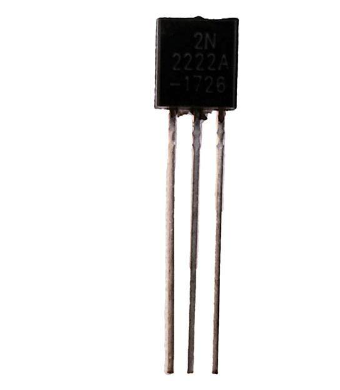If you're in the market for transistors parts, it's important to understand the different types available to ensure you're getting the right electronic transistor for your needs. In this blog, we'll discuss the various junction transistors and transistor components that are commonly found in electronic devices.
Junction transistors are a type of bipolar transistor, which means they consist of two main types of semiconductor material - p-type and n-type. This allows them to control a large amount of current with a small amount of input voltage. There are two main types of junction transistors - the bipolar junction transistor (BJT) and the field-effect transistor (FET).
The BJT is the most commonly used type of junction transistor and is typically found in amplifiers, switches, and oscillators. It consists of three main layers - the emitter, the base, and the collector. When a small current is applied to the base, it controls a larger current flowing from the collector to the emitter, making it an ideal choice for use in electronic circuits.

On the other hand, the FET is a voltage-controlled device and is often used in applications requiring high input impedance and low output impedance, such as in radio frequency amplifiers and electronic switches. It consists of three main layers - the source, the gate, and the drain. The FET operates by varying the width of a channel between the source and drain, which in turn controls the flow of current.
When it comes to transistor components, there are several key elements to consider. The most important components of a transistor are the semiconductor material, the base material, and the collector and emitter materials. These components all play a role in determining the characteristics and performance of the transistor.
Additionally, other components such as the packaging, leads, and mounting hardware are also important considerations when choosing transistors parts. The packaging of the transistor should be chosen based on the specific requirements of the application, and lead material should be selected based on its conductivity and resistance to temperature and other environmental factors.
Now that we've covered some of the basics of transistors and their components, let's talk about how to choose the right one for your specific needs. When selecting a transistor, it's important to consider factors such as voltage, current, and power ratings, as well as the application in which it will be used. Additionally, it's important to consider the operating temperature and environmental conditions in which the transistor will be used.
When searching for the right transistor, it's essential to find a supplier that offers a wide selection of transistors parts and has a solid reputation for quality and reliability. Look for a supplier that offers a range of electronic transistors, junction transistors, and transistor components, and has the experience and expertise to help you choose the right transistor for your specific needs.
In conclusion, when it comes to choosing transistors parts, it's important to understand the different types of junction transistors and their components. By understanding the different types of transistors and their specific applications, as well as choosing a reliable supplier, you can ensure that you're getting the right electronic transistor for your needs. Whether you're looking for a BJT or an FET, or need specific transistor components, it's important to do your research and work with a knowledgeable supplier to find the right transistor for your application.
